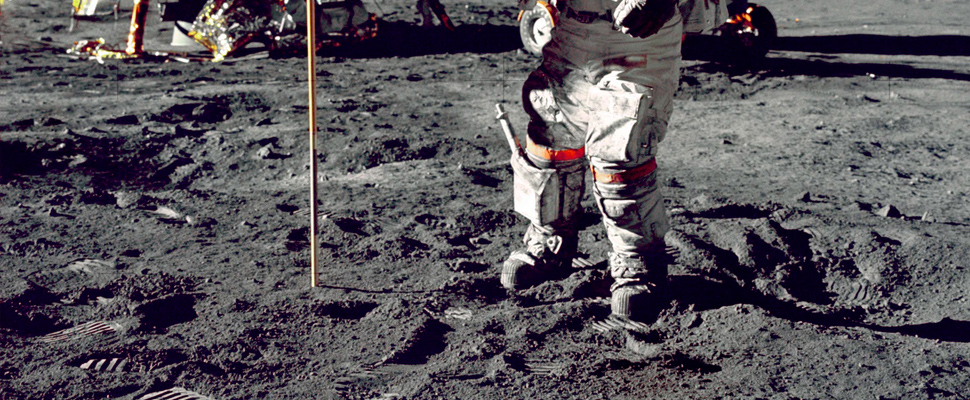Who were the women behind man’s arrival to the moon?
On Monday, February 24, Katherine Johnson died at 101. She was part of the West Area Computers, a group of key mathematicians for NASA.

Meet the women behind the moon’s arrival. / Photo: Unsplash
The Woman Post | Luisa Fernanda Báez Toro
Listen to this article
Leer en español: Las mujeres que llevaron al hombre a la luna
On Monday last week NASA announced Johnson's death. As read on the Verge, among her many accomplishments, she completed the trajectory analysis for Alan Shepard’s 1961 suborbital flight, which was the first time the US sent a human into space.
“Ms. Johnson helped our nation enlarge the frontiers of space even as she made huge strides that also opened doors for women and people of color,” NASA administrator Jim Bridenstine said in a statement. “Her dedication and skill as a mathematician helped put humans on the Moon and before that made it possible for our astronauts to take the first steps in space that we now follow on a journey to Mars.”
The West Area Computers
As read on the American Institute of Physics (AIP), the West Area Computers were the African American, female mathematicians who worked as human computers at the Langley Research Center of NACA (predecessor of NASA) from 1943 through 1958.
These women were a subset of the hundreds of female mathematicians who began careers in aeronautical research during World War II, but the group's success largely hinged on the accomplishments of its black women members.
According to AIP, the Langley Research Center of NASA began hiring women computers starting in the 1930s and especially during World War II, when men were being drafted or volunteering for war, and industries had to open its doors to women and people of color temporarily. Many of these women came from nearby HBCUs such as Hampton University and Virginia State University.
They worked, ate, and even used the restroom in segregated facilities in the West Area at Langley, and facilities were so thoroughly segregated that white computers often were not even aware of the presence of the West Area Computers.
Katherine Johnson´s work went largely unrecognized until 2015, when she received the Presidential Medal of Freedom, the highest honor bestowed on civilians, from President Barack Obama. Also, in 2016 "Hidden Figures," was released, a film portrayal of Johnson's and her all-black female coworker's accomplishments.
Among these women, Dorothy Vaughan´s work was recognized as well. She was born in September 20, 1910, and died in November 10, 2008. As read on Brittanica, she was the first African American manager at the National Advisory Committee for Aeronautics (NACA), which later became part of NASA. Vaughan was promoted to lead the West Computers in 1949 and became NACA’s first black supervisor and one of its few female supervisors.
Also read:Perfection through diversity
She stayed there until 1958, when NACA was incorporated into the newly created NASA, the segregated facilities were closed and Vaughan, with many other West Computers, joined the NASA Analysis and Computation Division, a group made up of men and women of all races.
Finally, we have to talk about Mary Jackson, American mathematician and aerospace engineer who in 1958 became the first African American female engineer to work at the National Aeronautics and Space Administration (NASA).
Despite early promotions, Jackson was denied management-level positions, and in 1979 she left engineering to become the manager of the women’s program at NASA. In that post, she sought to improve the opportunities for all women at the organization ann then retired in 1985.





